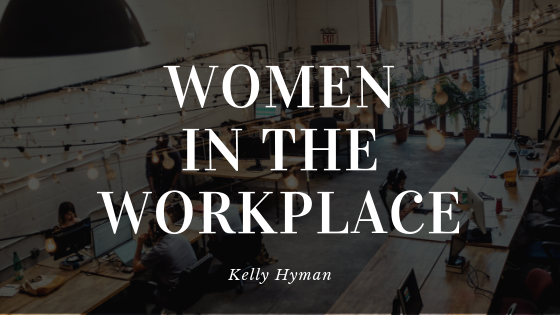Women have, for the last decade, been fighting for equal representation in their various workplaces. Statistics indicate that much needs to be done. Workplace statistics as relates to the fair share of women in matters of corporate importance indicate that women are sidelined. Here are some facts and statistics that paint a clearer picture on the role and position of women in our modern day workplace.
Unequal share of managerial positions
Statistics indicate that men hold up to 62% of managerial positions in workplaces while women hold only 38%. Even worse, projections show that this inequality is bound to advance further in the coming years. The senior-most positions in workplaces are even worse as women only hold 22% of them.
Subjection to mistaken identities
In the workplace, women are twice as likely to be mistaken for junior employees as compared to men. Statistics show that 20% of women have been unfairly mistaken for being junior persons and thus unfairly treated in their workplace positions. This unfair treatment makes women feel less equal and lesser privileged as compared to men.
Exposure to microaggression
Women are often victims of mild forms of aggression in their day-to-day activities in the workplace. For instance, during hiring and assessment, women are twice more likely to be asked to present evidence for their competence as compared to men. Also, their judgments and corporate decisions are more likely to be questioned and doubted.
Exposure to sexual harassment
Women sexual harassment in the workplace is a reality as 35% of women in the corporate sector are harassed by their male colleagues. The numbers are even higher in certain industries and workplaces as compared to others. Senior-level women are the most affected has 55% of them in their senior career positions are exposed to sexual harassment.
Gender-based obstacles
Gender, especially among women, is a major impediment to their ability to advance in their career. Most women often face adversity when it comes to pay raises, promotions, and other forms of merited and unmerited workplace issues. This puts them on the receiving end as far as their ability to advance their career is concerned.

